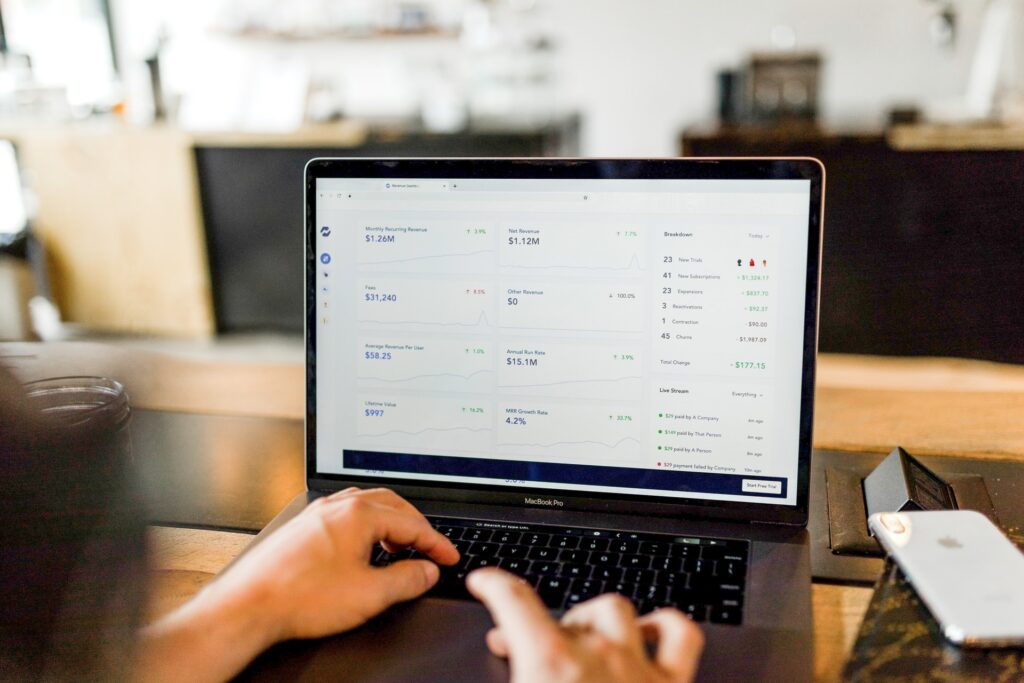According to the DMCC’s latest Special Edition Future of Trade 2021 research entitled, “Defying forecasts and driving the post-pandemic economic recovery,” global trade will re-emerge in 2021 after an incredible recovery in 2020, despite the challenges to economic growth posed from the pandemic.
Two important regional and global takeaways have been highlighted by the study published today. Because of this economic growth, the economies of China and the United States will continue to expand strongly through the year 2021. Even though it was predicted that the World Trade Organization had forecasted annual declines of double digits, this growth has surpassed those expectations.

In the second wave despite the financial challenges caused by the COVID-19 outbreak the growth in Dubai’s trade across the world was significantly higher in the year 2020. There was a substantial increase in the trade volume of 6% year-on-year during the second quarter of 2020. In 2020, Dubai’s total export values increased by 8% annually.
A number of factors will influence how the world looks in the next few years, including technological advancements, shifting consumer habits, the need to address climate change, and geopolitical events.
Global commerce will be transformed by technology the most in the next years, according to the findings of the study. New and disruptive technologies such as blockchain, decentralized finance (DeFi), and others will speed up global trade. The entire amount locked in DeFi has more than quadrupled in the first half of 2021, from USD 20 billion to USD 60 billion. As digital infrastructures develop, the trade will undergo a seismic transition from a national to a global scale.
Following a difficult and uncertain time, the data given in our Future of Trade research supports a hopeful future,” said Feryal Ahmadi, DMCC’s Chief Operating Officer. All assumptions have been defined by global trade, which is now driving the world economy forward.
Technology adoption will continue to alter trade in the future, even as geopolitics continues to provide obstacles and have an effect on the global trading system. Because of geopolitical difficulties, investors saw that the values of their assets began to fluctuate dramatically.
For these reasons, several traders opted to start CFD trading, which enables them to bet on price movements without holding the underlying assets. As a result, the popularity of CFD trading in the UAE has grown dramatically, according to reliable sources. It is also worth noting that governments, corporations, and investors have shifted their focus in the last year to sustainable trade practices, which are now at the top of the agenda. According to the report’s conclusion, international coordination, and cooperation, as well as technological advancements, are still critical to the recovery.
What’s Going On And The Future Of Trade
The issue of protectionist measures is a constant on the political front and is exacerbated by continuing trade wars among the United States and China, growing nationalism in the economy, and growing economic disparities between middle and low-income countries.
Although this is a significant change for sustainability and international trade, however, EU’s efforts to establish a carbon price procedure under the upcoming Carbon Border Adjustment Mechanism (CBAM) or “Carbon Pricing” have been dismissed as protectionist and could increase tensions between geopolitics to the point of becoming more acrimonious.
Given the spread of the pandemic and the growing debate over the possibility of decoupling between China and America, the findings show that while the possibility of a “new era of protectionism” is a major risk but a complete protectionist approach should be avoided as it’s costly, unanticipated and can negatively impact the employment. Nationalist economics, on other hand, is much more likely.
Some feared that the outbreak would make sustainability fall further in the business and political prioritization list, it hasn’t been the situation. More ambitious net-zero targets are being set by countries like the United States, China, Japan, South Korea, and Canada.
In addition, investors and businesses have stepped up their sustainability efforts and this trend is likely to continue. On the other hand, CBAM raises concerns about the accuracy with which complex supply chains’ emissions can be measured, and thus increases the possibility of severe international trade disruption. As with the last question, technology and artificial intelligence may help corporations and governments make correct evaluations of sustainability in their trade objectives.
During the recovery, governments must address young unemployment and underemployment by diversifying their global trade links in order to encourage economic transformation for job-intensive development. Despite the current financial instability, businesses and governments must stay flexible and imaginative to take advantage of new possibilities created by this epidemic.
Sustainable practices, some of which will make use of new technology, need a greater emphasis on R&D at companies.
Amidst growing protectionism, corporations should strategically use free trade zones when concluding commercial trading contracts and use them to their advantage. Tariffs must be avoided by making full use of macroeconomic and financial instruments to foster favorable trade ties.
It is necessary to work with countries from a wider geographical area. It’s possible to strengthen ESG standards across governments and corporations in order to examine cross-border investment and trade flows in the stock, bond, and foreign currency markets.
